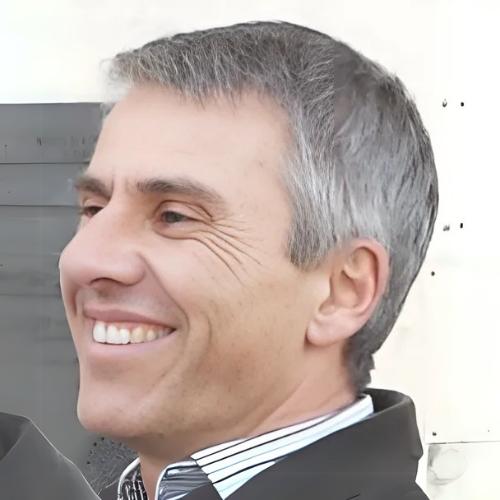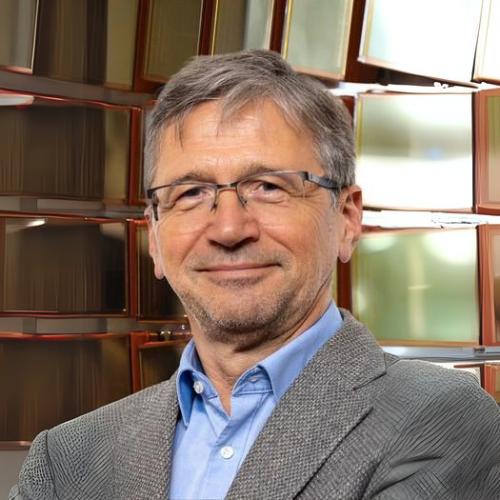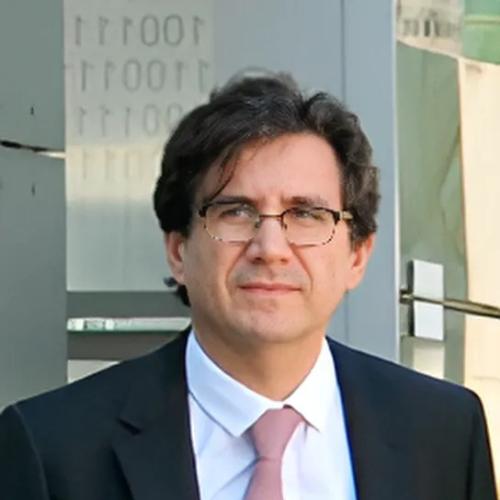Plenaries
Plenary speaker # 1

Bertrand PEROT
Research Director and CEA Fellow
CEA, DES, IRESNE Nuclear Measurement Laboratory Cadarache, France
Non-destructive nuclear measurements, from research to applications
Abstract:
Non-destructive nuclear measurements are widely used in research and industry, in fields ranging from uranium exploration, nuclear reactors, process monitoring, radioactive waste characterization, nuclear accident studies, homeland security, recycling, to the final clean-up and decommissioning of nuclear facilities. Technologies like X-ray imaging, gamma-ray spectroscopy, passive neutron coincidence counting, active neutron interrogation, and neutron or photon activation analysis, are continually being improved with new radiation sources, new detectors, new electronics and new data analysis capabilities or methods. These developments are helping to meet a variety of challenges, including, but not limited to, in situ measurements in poorly controlled environments (e.g. borehole logging, nuclear decommissioning sites, old waste storage), characterization of heterogeneous radioactive waste packages with high attenuation effects, on-line process monitoring in spent nuclear fuel reprocessing, mining or recycling applications, or replacing expensive detectors with cost-effective ones. This talk will present some of these progresses, from research towards industrial applications.
Bio:
Bertrand PEROT holds an Advanced Engineer Degree from the Physics Engineers School of Grenoble, France, a PhD of Grenoble University carried out at CEA in the field of active neutron measurements, and an HDR academic accreditation to supervise research activities including PhDs students. He started his career at ORANO in the field of nuclear process monitoring for La Hague reprocessing plant, then he joined CEA Cadarache to develop non-destructive nuclear measurements in different application fields like radioactive waste characterization, homeland security, uranium mining, cleaning and dismantling nuclear facilities, or circular economy. Involved in about 10 European projects from FP6 to H2020 research programs, rewarded with various national and international awards in 2007, 2008 and 2019, he was successively appointed CEA Senior Expert, International Expert, CEA Research Director and CEA Fellow. He took part to more than 170 scientific communications, 13 patents (award of CEA Cadarache inventors in 2011), the supervision of 17 PhD theses, 2 CNAM theses, 7 young researchers (post-doc level) in the frame of European projects and 23 internships. His preferred professional commitment is to support the professional development of young students and researchers, while developing innovative measurement methods useful to society and industry.
Plenary speaker # 2

Peter Križan
Full professor at the Faculty for Mathematics and Physics of the University of Ljubljana in Slovenia and Senior Research Associate at Joseph Stephan Institute.
Novel photon detectors
Abstract:
The talk will review recent advancements in photodetectors, covering vacuum-based detectors, semiconductor sensors, and gas-based detectors. The focus will be on the detection of low light levels, improved timing resolution, and expanded spectral range. Additionally, the development of photosensors designed for extreme conditions, such as operation in cryogenic environments and high radiation levels, will be discussed.
Bio:
Peter Križan is a full professor at the University of Ljubljana and a senior research associate at the J. Stefan Institute. He has played key roles in international research, including at DESY, where he coordinated the HERA-B RICH detector, and at KEK, where he has been one of the leaders in the Belle II collaboration since 2008. He served as the Spokesperson of the Belle II Collaboration, Technical Coordinator, and is currently its Deputy Spokesperson. His research focuses on particle physics (with emphasis on flavour physics), detector development (Cherenkov detectors and single-photon sensors), and applications in environmental physics and medical imaging. He has received major recognitions, including the ERC Advanced and Proof-of-Concept Grants, and Slovenia’s Zois award. In 2023, he became a regular member of the Slovenian Academy of Sciences and Arts. He has contributed to scientific policy as the Chair of the Scientific Council of the Slovenian Research Agency. He has served on numerous international advisory committees, including those at CERN (LHCC) and BNL (EIC DAC). Since January 2025, he is a member of the CERN’s Scientific Policy Committee.
Plenary speaker # 3

José María Benlloch
ADVANCES IN MEDICAL IMAGING INSTRUMENTATION
Abstract:
Advances in medical imaging instrumentation have lead to significant improvements in the accuracy and sensitivity of the scanners and a reduction of the dose administered to the patients. This trend continues to be pursued by current research in the field, aligned with the advances in biology and medicine. In addition, the new technologies in diagnostic imaging that are being developed at the Institute of Instrumentation for Molecular Imaging (I3M) tend to democratize the use of medical imaging and therapy so that they can be extended to the entire world population, in line with the objectives of the World Health Organization.
Low-field magnetic resonance imaging (MRI), together with post-processing methods based on non-generative Artificial Intelligence (AI), is making it possible to obtain quality images of the human body using portable equipment with permanent magnets. Such scanners can be used for the diagnosis and screening of numerous diseases at a significantly lower cost than conventional high-field equipment.
Whole-body positron emission tomography (PET) needs to reduce its costs substantially to be used universally. However, its applications are very numerous and relevant in oncology, to predict the efficacy of treatments such as immunotherapy.
New X-ray techniques whose principle consists of measuring the small diffraction that X-rays undergo as they pass through the body (and not the absorption currently used in commercial equipment) make it possible to diagnose, for example, certain lung diseases that are not detected by conventional methods.
Finally, we have demonstrated the efficacy of photo-acoustics in the detection and follow-up of skin cancer.
Bio:
José María Benlloch is a Tenured Research Scientist at CSIC, “Spanish Scientific Research Council”. He founded in 2010 the Institute for Instrumentation in Molecular Imaging (I3M) at the Technical University of Valencia. He has coordinated many EU Projects, including an Advanced Grant and a Synergy Grant. He is author of more than 700 articles (H 91), and 50 patents.
He received the 2008 Prize of the Foundation King Jaime I, “New Technologies” modality. In 2014, the Spanish National Research Prize in Engineering “Leonardo Torres Quevedo”. Elected Member of the European Academy of Sciences (2018). Elected Member of the Royal Valencian Academy of Medicine (2025).
